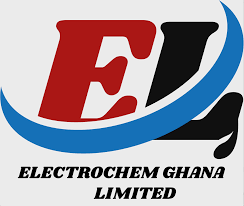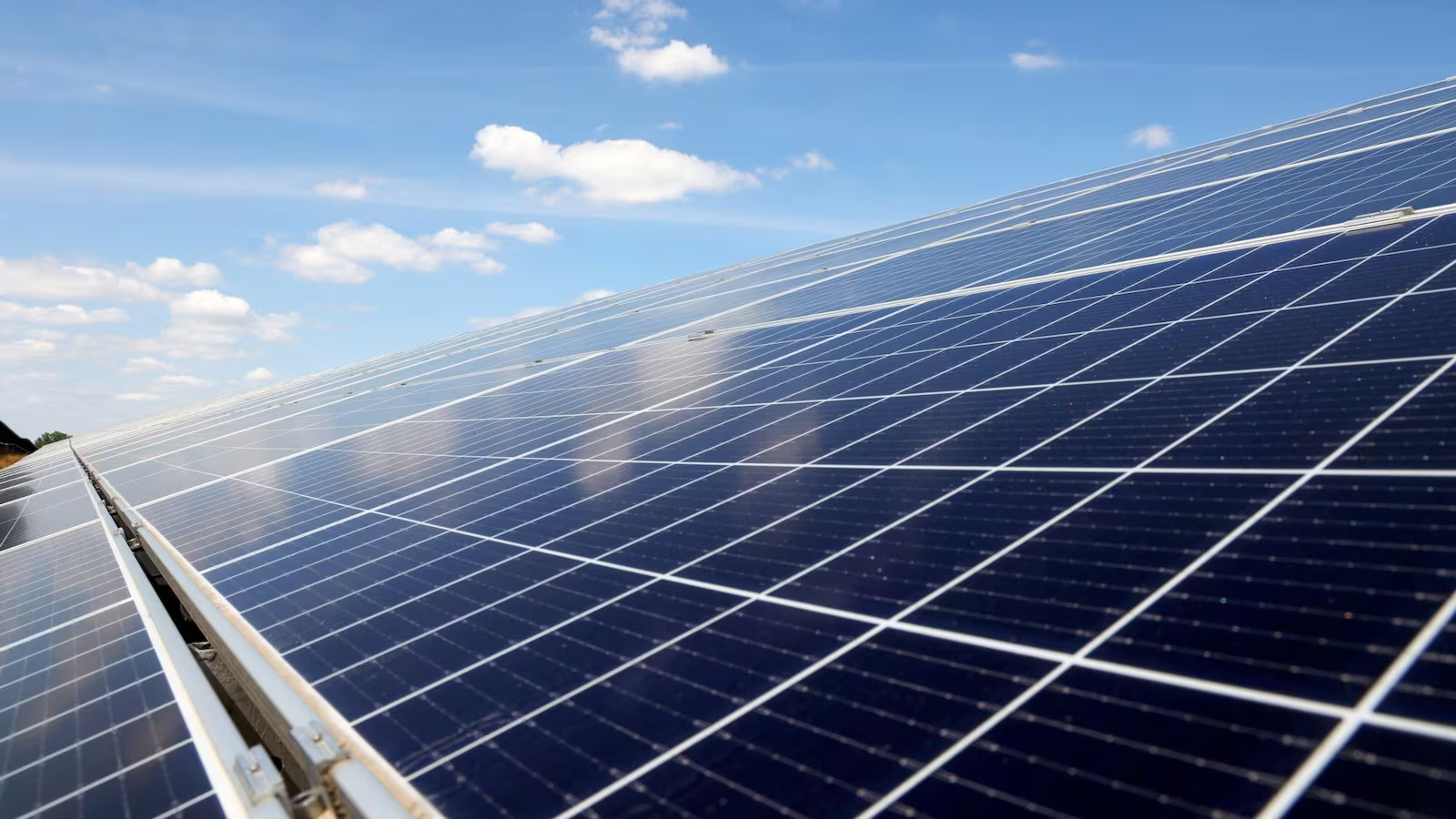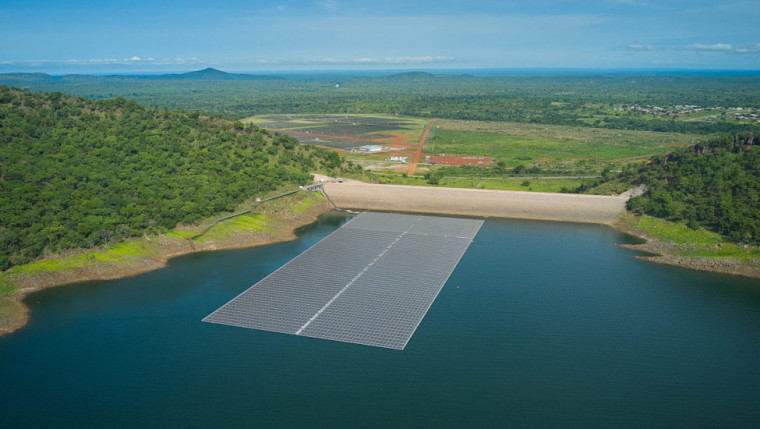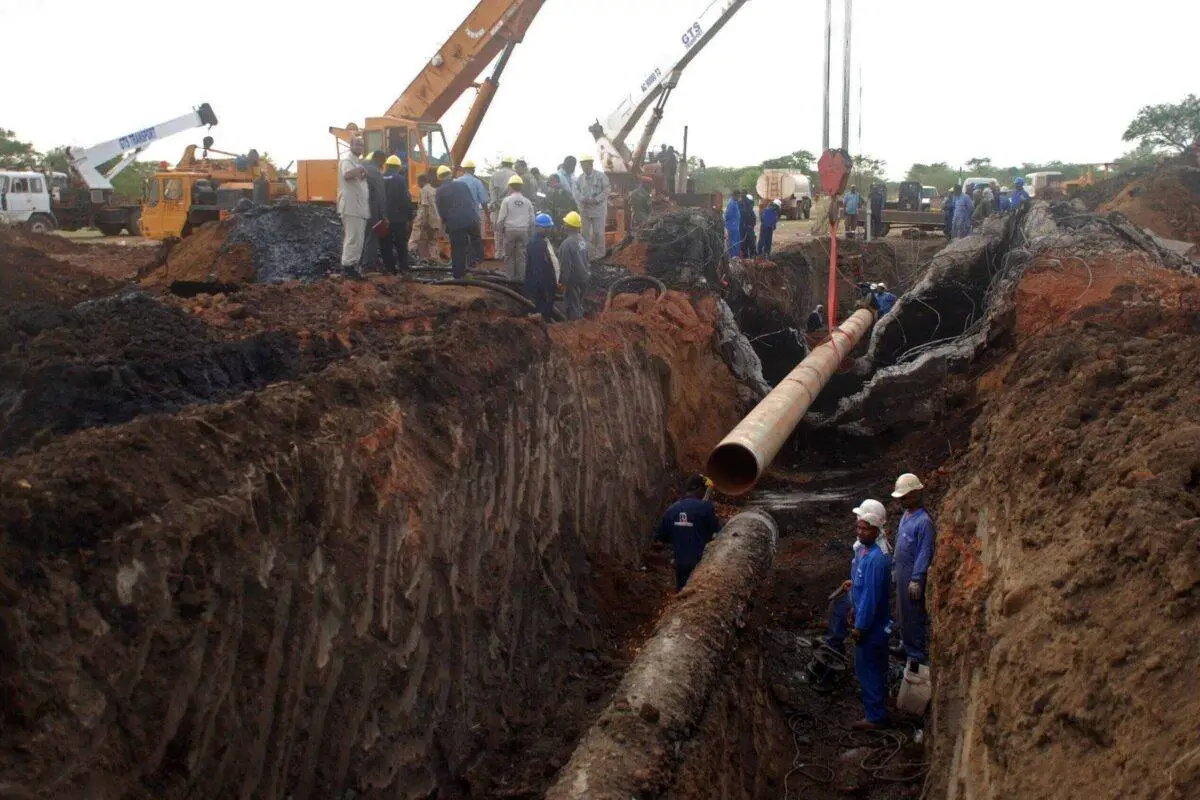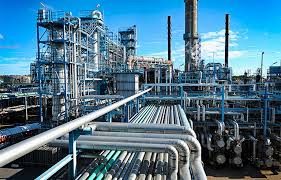Generation

Democratic Republic of Congo: First Investment Announcement of $700 M, Tied to Peace Deal with Rwanda

On 8 August 2025, Symbion Power LLC, the New York-based independent power producer, pledged US $700 million for a 140-megawatt methane-to-power plant on the Democratic Republic of Congo' (DRC)s side of Lake Kivu—the largest private energy investment ever announced in eastern Congo. The Final Investment Decision is explicitly conditioned on full implementation of the 27 June 2025 Washington Accord, the cease-fire and troop-withdrawal agreement brokered between the DRC and Rwanda under U.S. auspices.
The announcement represents a dramatic scale-up from Symbion’s original commitment. In January 2023, the company won a competitive tender for the Makelele gas block with plans for a 60 MW, US$300 million plant—figures that still appear on the company’s website and in parliamentary filings.
By August 2024, Symbion’s management had already signalled ambitions to expand, telling Prime Minister Judith Suminwa that administrative hurdles for the Makelele concession would be cleared “within three months”. The new 140 MW figure therefore merges the original Makelele licence with an adjacent expansion area, pushing the capital envelope to US $700 million—a 133 % increase in both size and projected cost.
This move reflects the political logic of the Washington Accord, which tasks U.S. agencies with “leveraging private capital to lock in the cease-fire.” A State Department spokesperson told Bloomberg that the project will be eligible for DFC and Ex-Im Bank guarantees once monitors certify that Rwandan forces and M23 rebels have withdrawn from Goma and the surrounding territories.
Symbion’s earlier 60 MW plan was already the largest single methane licence ever awarded in the DRC. The company had argued that even that smaller plant could raise the national electrification rate—currently stuck at roughly 19 %—by two percentage points once connected to the fragile North Kivu grid. The supersized 140 MW scheme now positions Lake Kivu as a regional energy hub, For Kinshasa, the stakes are high: the government’s 2030 target of 32% national electrification hinges on adding 2.5 GW of new capacity, and the Symbion expansion alone would account for more than 5% of that goal.
Yet the project’s fate remains inseparable from the battlefield. Symbion CEO Paul Hinks reiterated on 8 August that the DRC government needs to be in control of Goma and the region, and that there needs to be peace for the project to happen.



